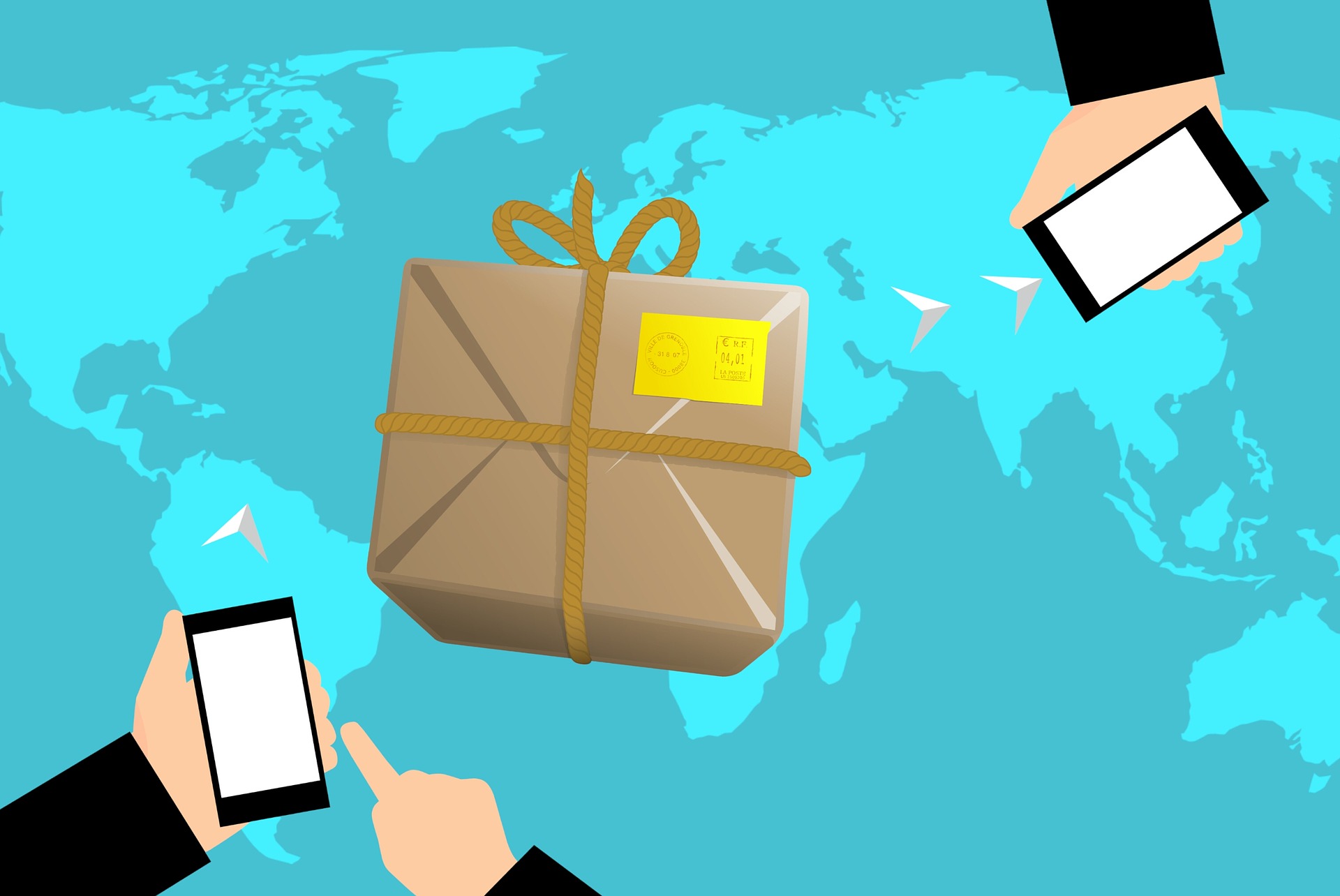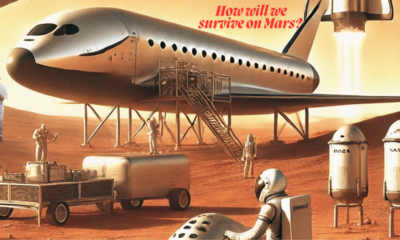Business
How To Make Logistics a Competitive Advantage

Logistics attempts to meet consumers’ growing expectations at the lowest feasible cost by controlling the movement of goods and information across the logistics system, from the supplier to the end-user. Logistics management can be a significant source of competitive advantage. The foundations for market success are diverse, but a simple model based on the three C’s — Customer, Company, and Competitor — is enough for the competitive edge.
The ability of an organization to separate itself from its competitors in the eyes of the customer is the source of competitive advantage, followed by the ability to operate at a lower cost and thus at a higher profit. SmartKargo’s E-commerce Logistic Solution enables retailers and e-commerce brands to stay agile in an ever-changing ecosystem. Here are some ways in which logistics can help a company gain a competitive advantage:
- Lower delivery cost
Partnering with airlines offers a solution that helps e-commerce businesses to avoid stocking products in warehouses since the inventory is continually on the move. The biggest feature of this service is that it reduces delivery time and cost by picking up from the seller and sending it to the recipient. The ‘middle mile’ is a notion in which the supply chain process is accelerated, warehouse costs are reduced, and delivery costs are lowered.
- 2x delivery speed
E-commerce companies can collaborate with e-commerce delivery partners to deliver e-commerce products in one to two days, which is simple for them because their airline partners already fly to all of the country’s key population centers. This allows businesses to compete with the delivery model of the big boys, allowing them to focus on offering a fantastic online experience for their most valuable consumers. It’s an incredible offer that gets you premium airspeed.
- Superior technology
Shoppers or customers are now tech-savvy. They conduct business using their smartphones, tablets, PCs, and even kiosks. Make the internet infrastructure as seamless and intelligent as feasible so that customers can swiftly make purchases and payments. Logistics businesses can help retailers plan better and respond to complex difficulties in record time by combining advanced analytics, AI embedded engine for route optimization, touchless delivery, and end-to-end automation.
- Reliability & safety in goods delivery
Once products have been kept, companies should protect them from loss and damage caused by dust, filth, heat, wind, and moisture. They should create tailored arrangements based on the contents’ nature, such as things that must be kept at a specified temperature. They should also help to reduce losses due to spoilage or rotting during shipping.
- Reduced shipping charges
Because they can acquire similar things from other websites or in stores without those shipping expenses, the majority of e-commerce customers now shop based on delivery options – notably for free shipping. As a result of these high expectations for quick and low-cost order fulfillment, e-commerce shipping solution providers are working to improve the efficiency and cost-effectiveness of their supply chains for e-commerce companies.
- Real-time tracking
Fast e-commerce delivery combined with cutting-edge technology necessitates a simple technology integration. It provides complete transparency by allowing retailers and customers to watch goods’ movement and keep track of previous shipments. As a result, real-time analytics improves efficiency.
- Tech-supported logistic partner
Brands with world-class logistics are paying attention to new supply chain management technologies and letting their customers know which ones they choose. They concentrate on explaining how new technology benefits their consumers and emphasizing the possibility of improved results.
- Zero warehousing cost
Purchasing habits are predictable, especially around the holidays, but with the global COVID-19 pandemic, not all revenue opportunities can be predicted ahead of time, necessitating quick action and agility from businesses. That’s where air cargo services come in. They provide flexible shipping container and logistics choices to cope with any unexpected inventory management concerns. There’s also no need to keep multiple warehouses because they can serve as your central storage and delivery hub. This eliminates the need for store personnel to drive, as well as unload and reload any merchandise, saving money.
- Increase in efficiency & sales
Nowadays, logistics providers offer an e-commerce solution that allows e-commerce businesses to deliver next-day or 2-day delivery at ground value. When clients expect quickness, transparency, and low costs, businesses can respond in this way. End-to-end e-commerce systems that are more efficient and cost less provide retailers an advantage over their competitors.
- Single-technology platform
The development of digital analytics skills has now become critical to the entire supply chain strategy’s success. To improve the customer experience, the majority of responders are looking to a single-point technology platform – digital analytics.
It may appear difficult to compete with big giants of the industry, but it can happen by optimizing technology and implementing smart strategies to succeed. Companies should concentrate on their core clients and provide a basic and straightforward customer experience. A customer’s journey does not end with the purchase – delivery and experience can be a crucial distinction for the customers and a competitive advantage for them.
-

 Business6 days ago
Business6 days agoWall Street Rallies as Strong Jobs Report Fuels Optimism
-

 Business5 days ago
Business5 days agoS&P 500 Achieves Historic Winning Streak Amid Easing Trade Tensions
-

 Government5 days ago
Government5 days agoSupreme Court Case Martin V. USA: A Landmark Moment for Government Accountability in Wrong-House Raids
-

 Civil Rights7 days ago
Civil Rights7 days agoUS Government Under Fire for Wrong-House Raids: Accountability at Stake
-

 Health & Fitness4 days ago
Health & Fitness4 days agoBudget Cuts Slash Vital Health-Tracking Programs in the U.S.
-

 Business4 days ago
Business4 days agoUS Stock Market Soars as Jobs Report Surprises and Trade Tensions Ease
-

 Business3 days ago
Business3 days agoUS Stock Market Soars on Positive Jobs Data and Trade Optimism
-

 Crime5 days ago
Crime5 days agoU.S. Treasury Takes Aim at Major Mexican Cartel Linked to Fentanyl Trade































